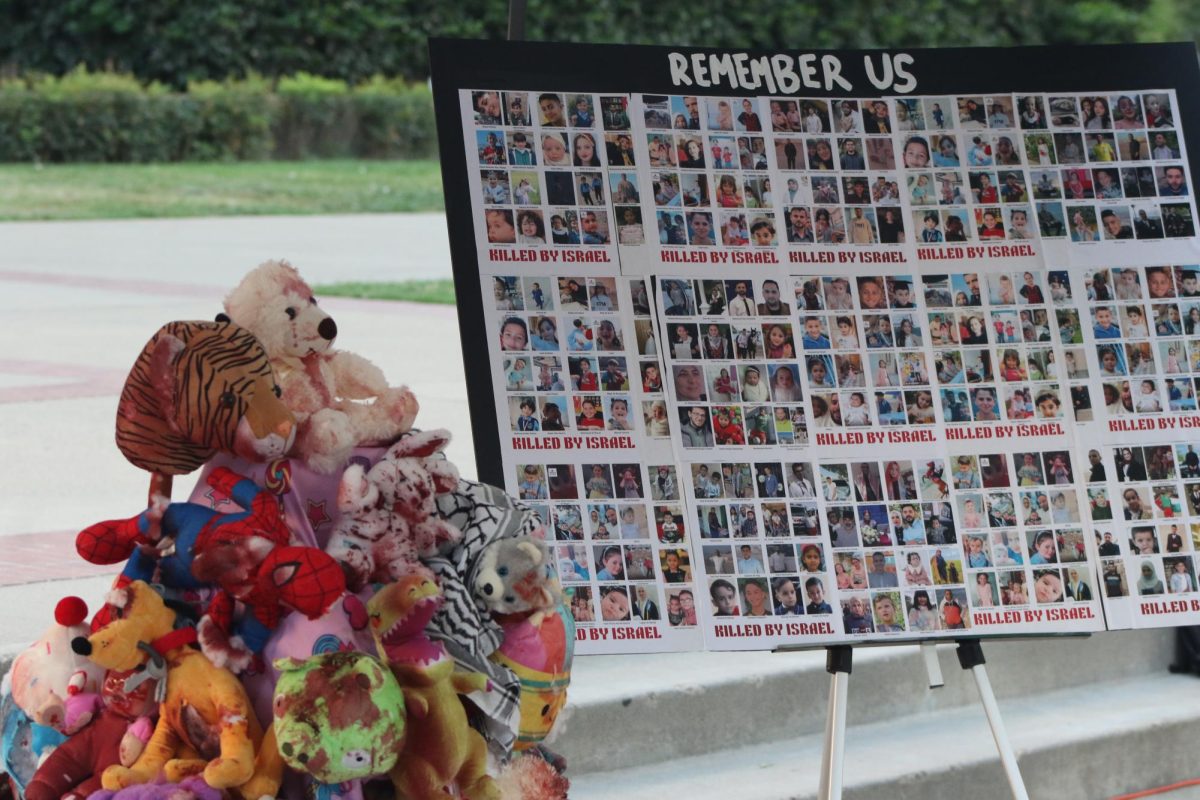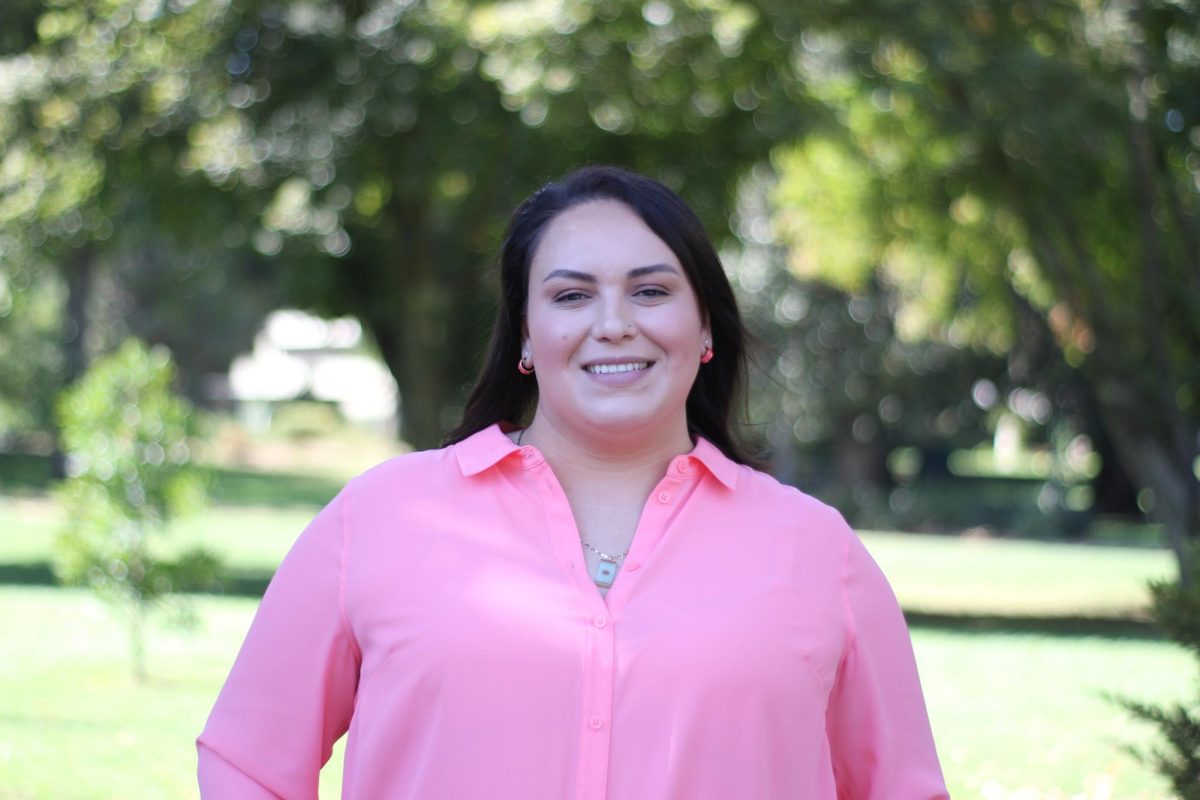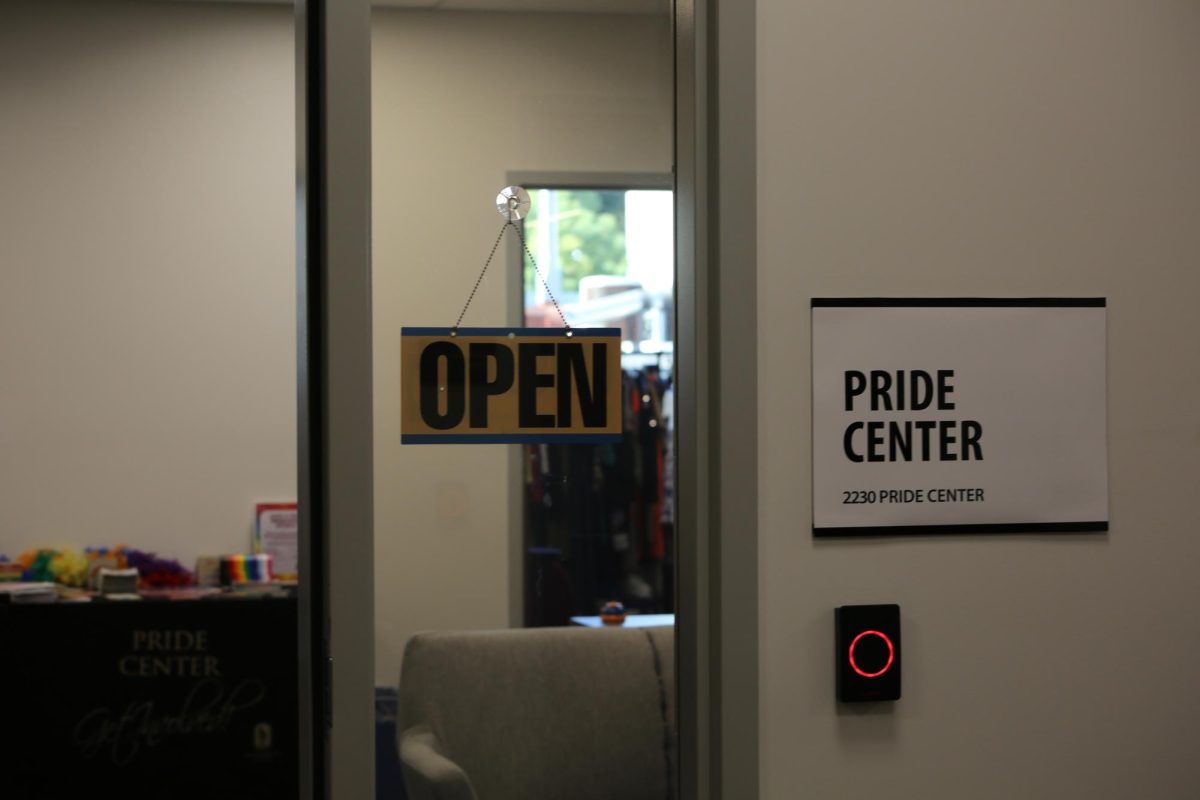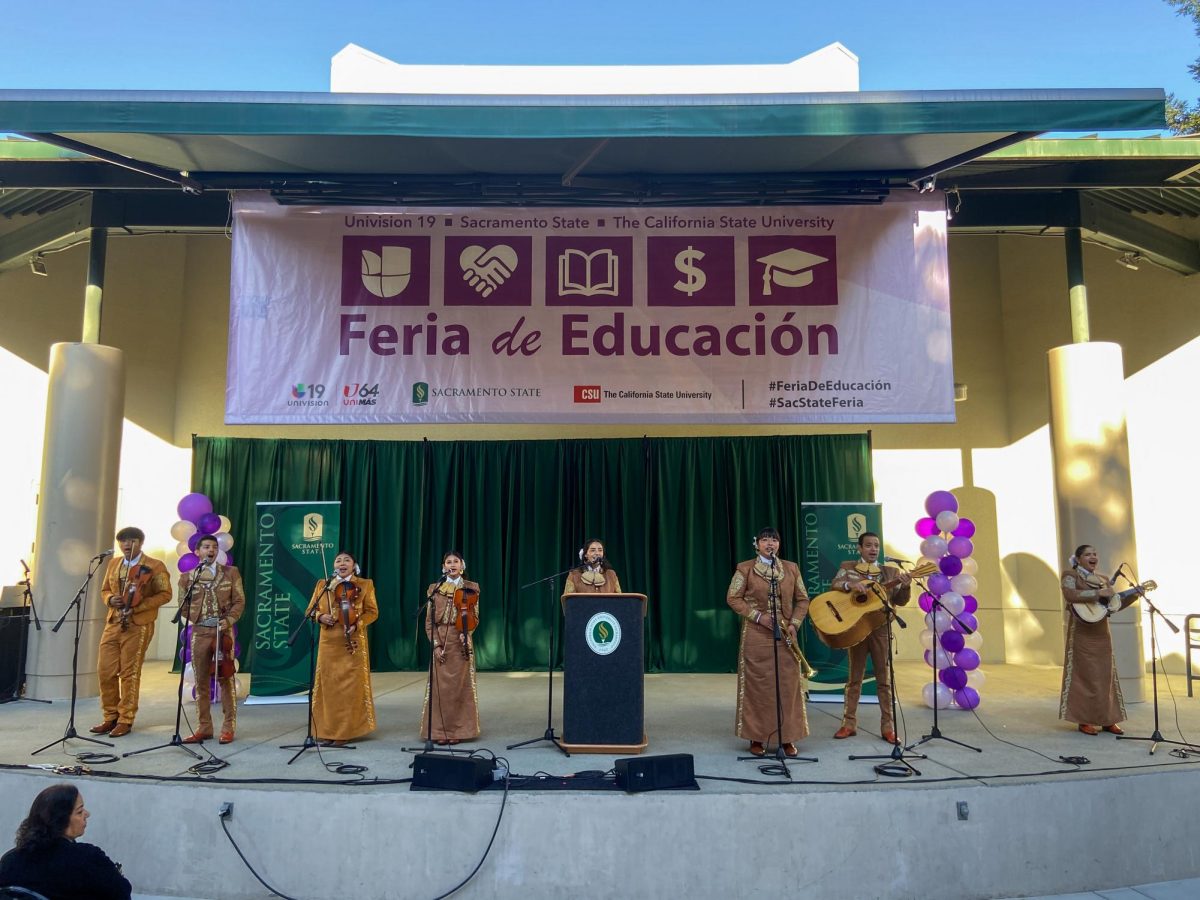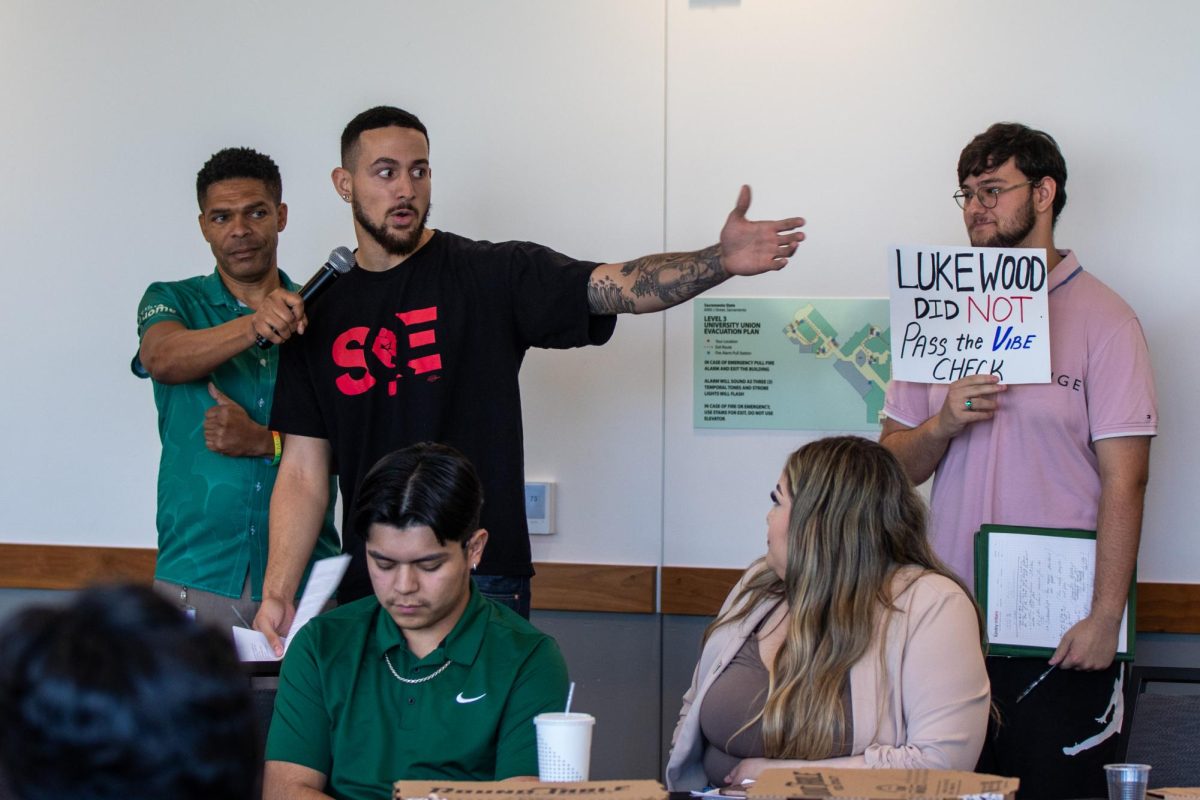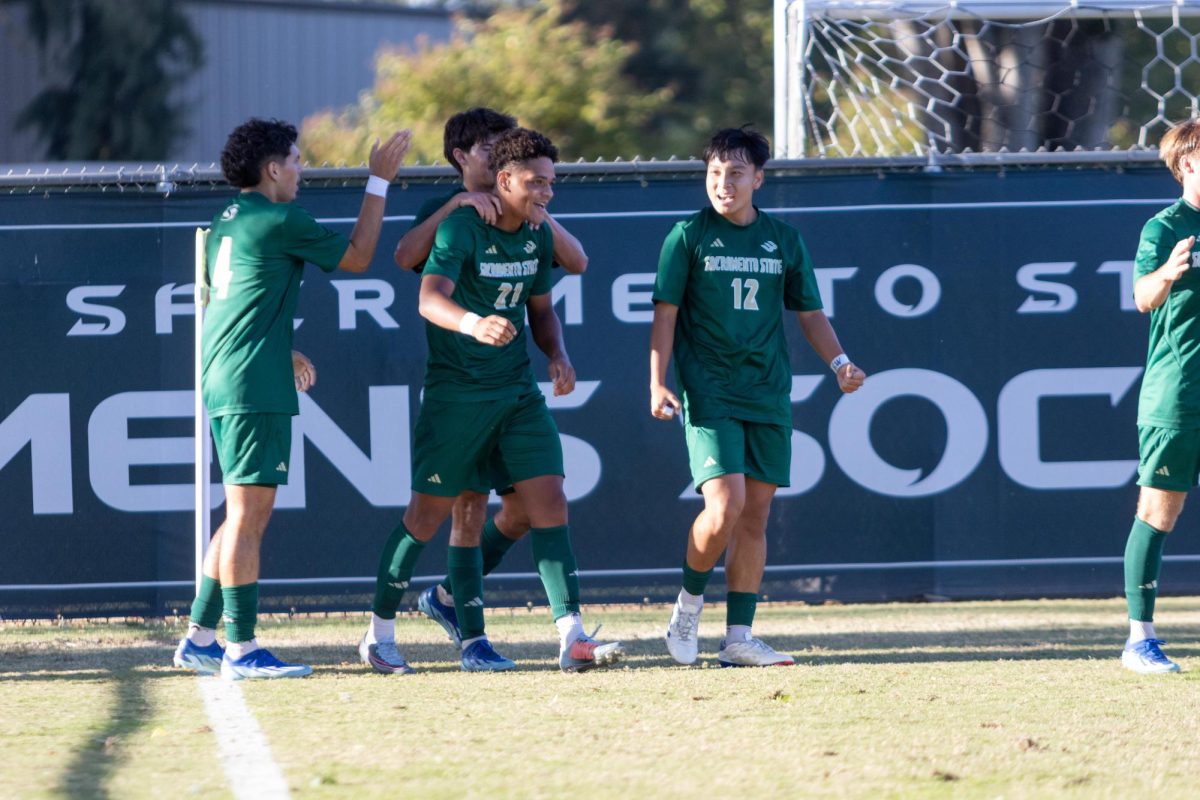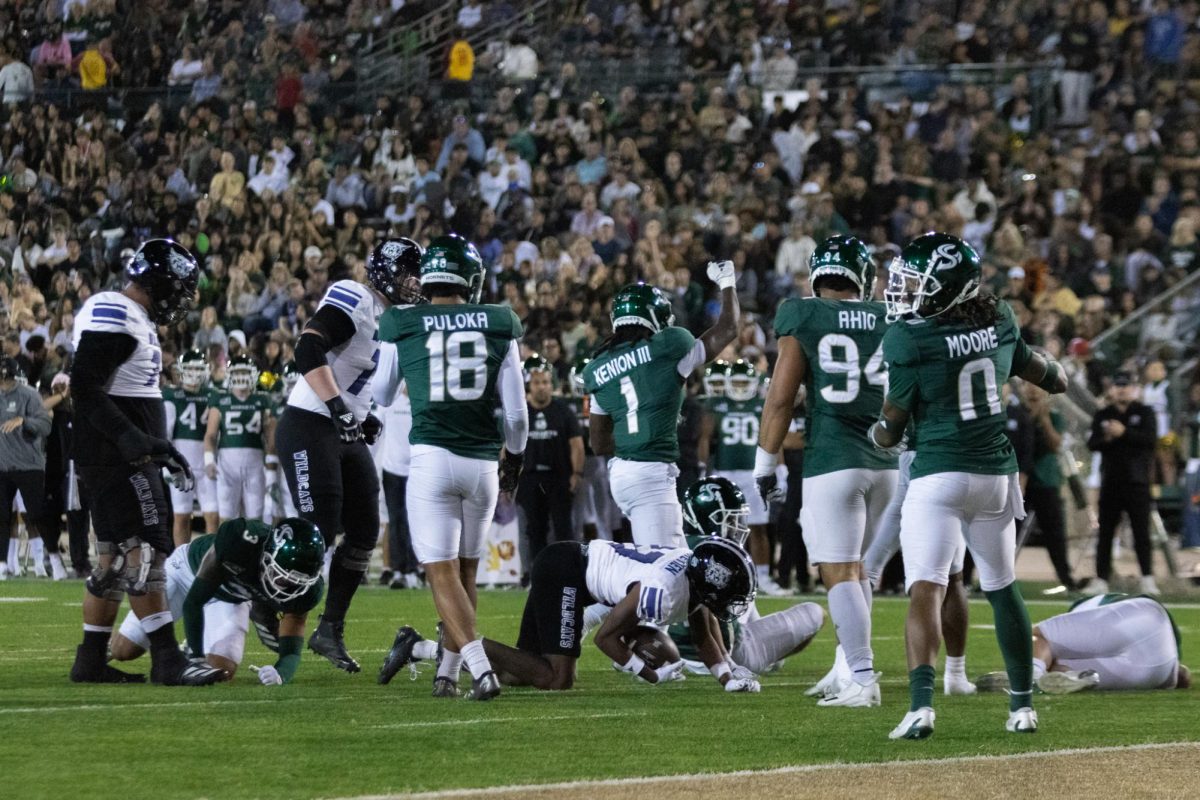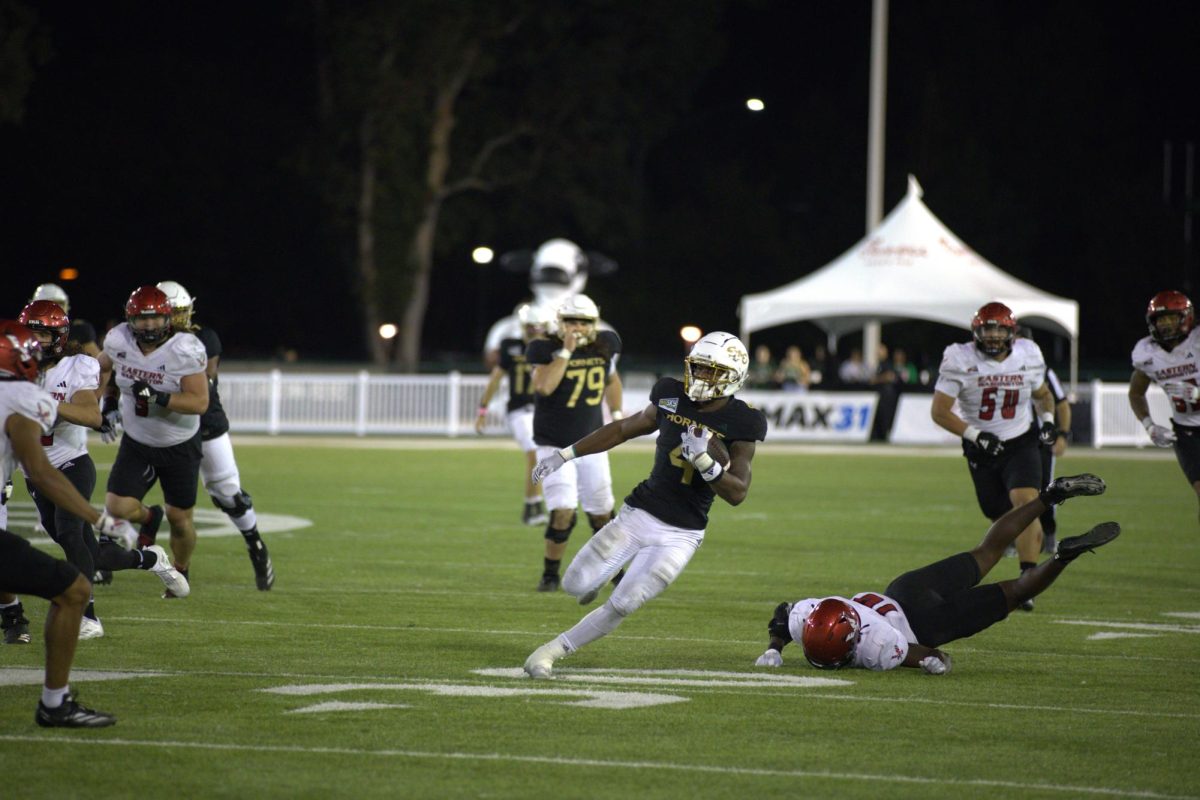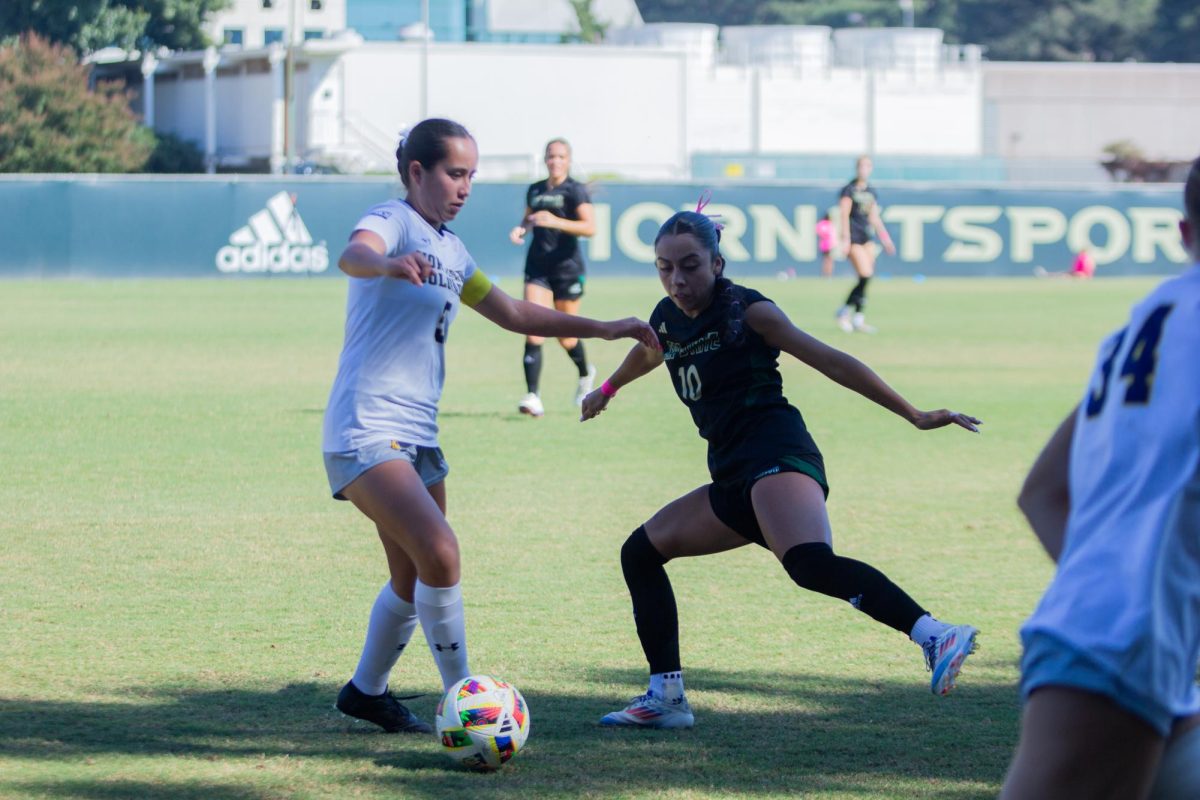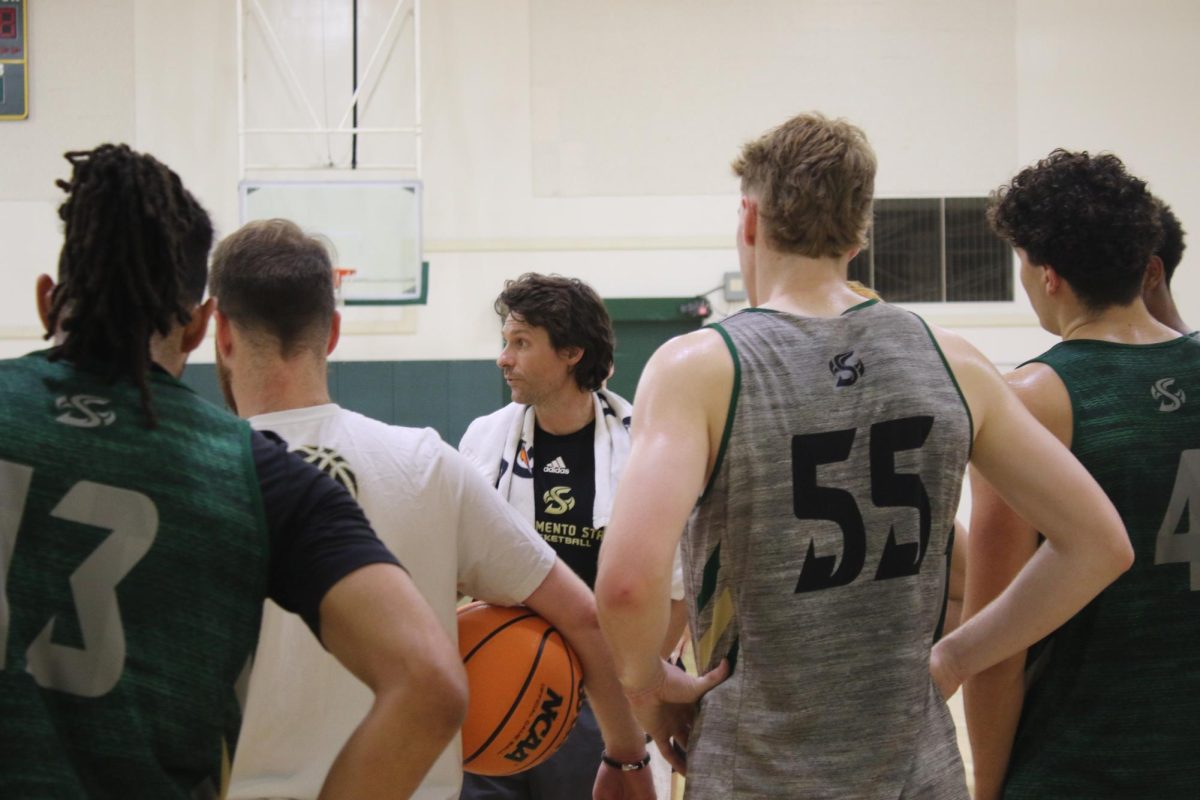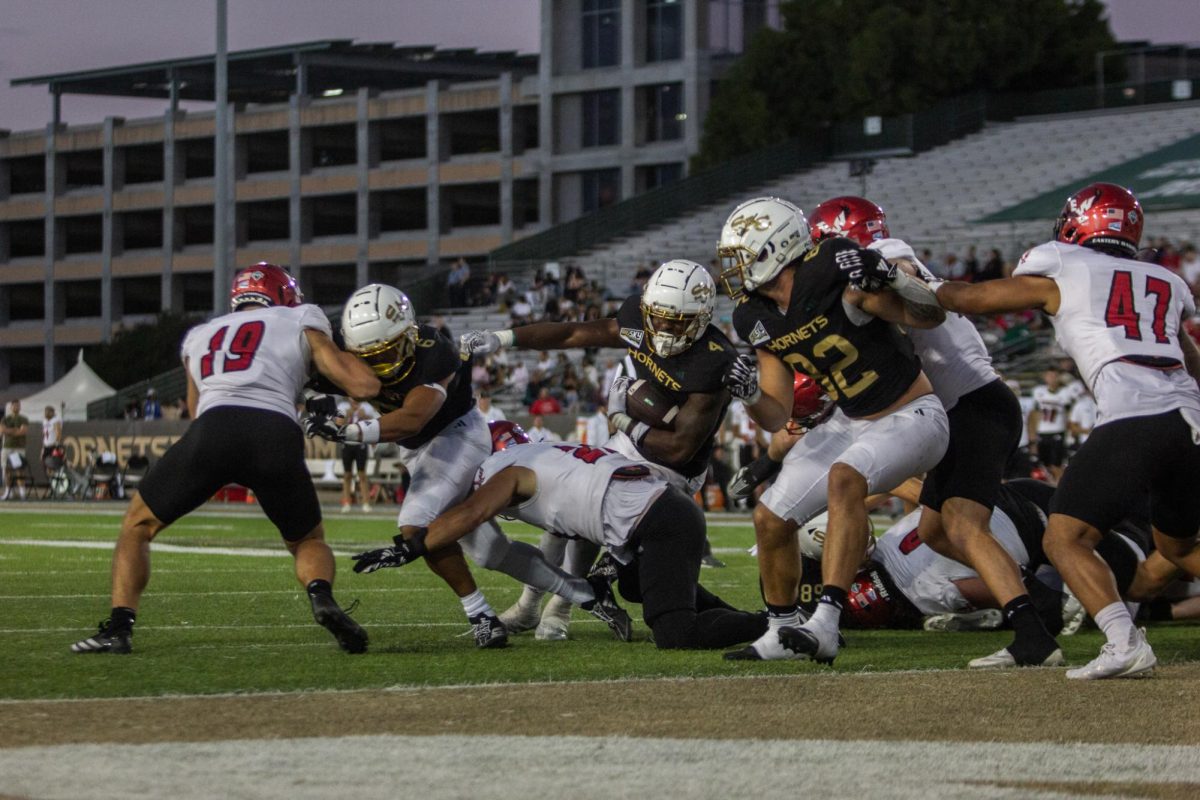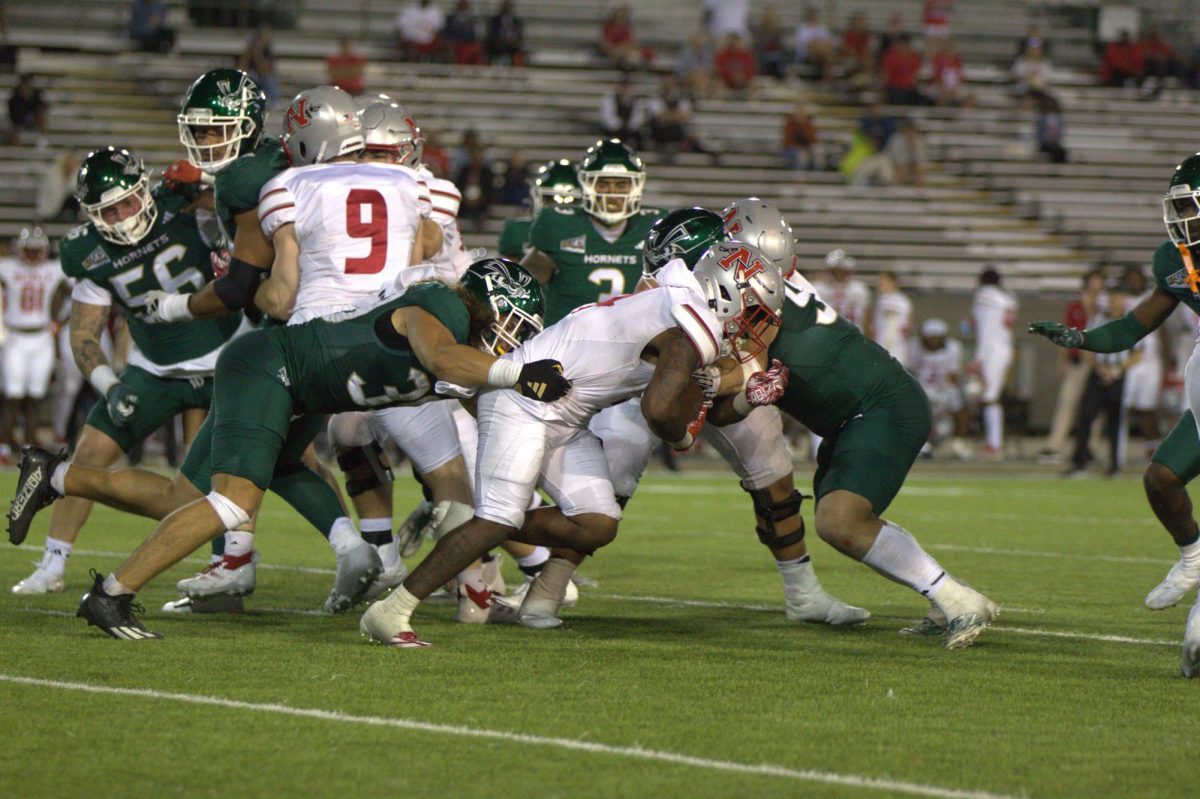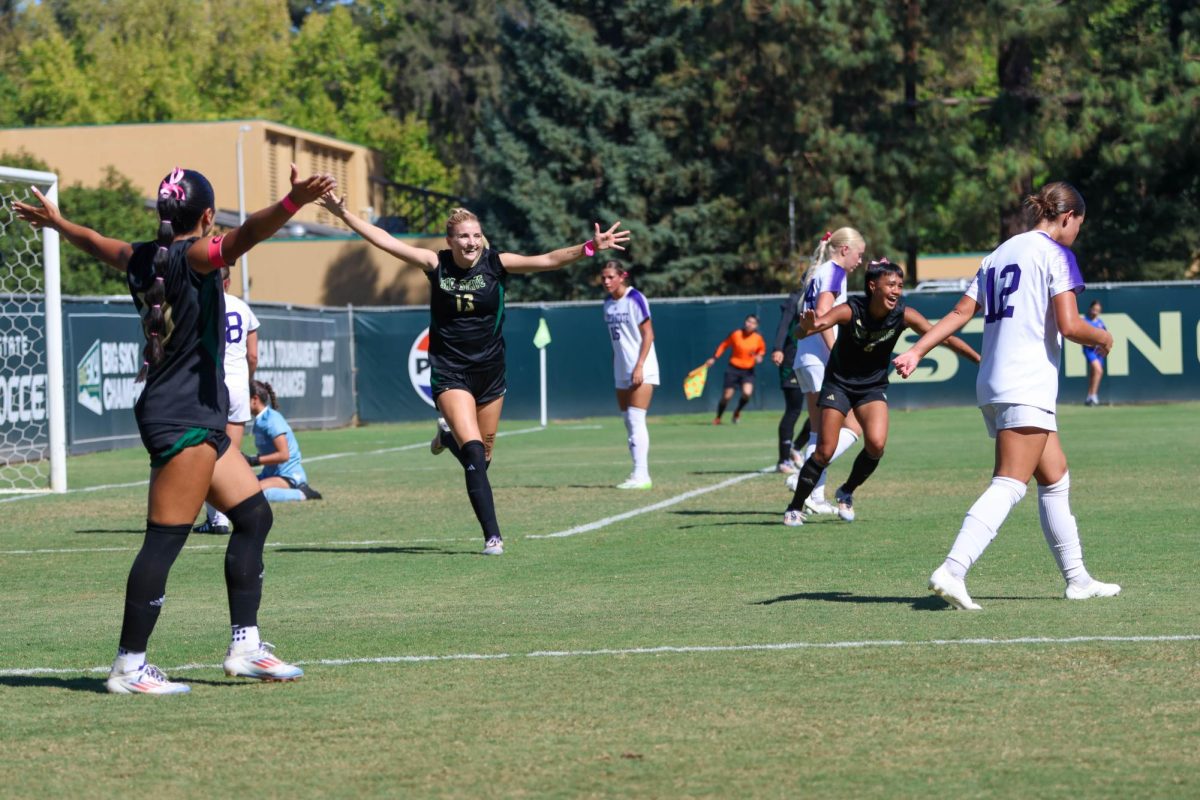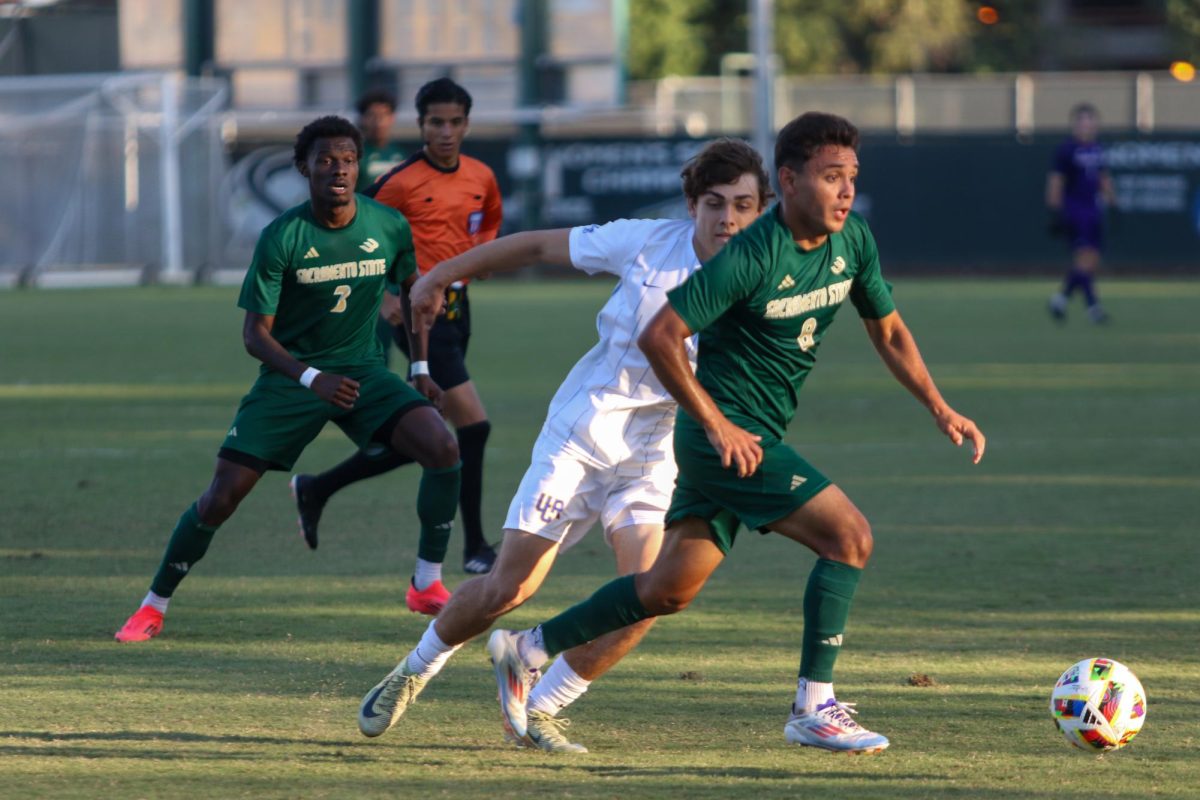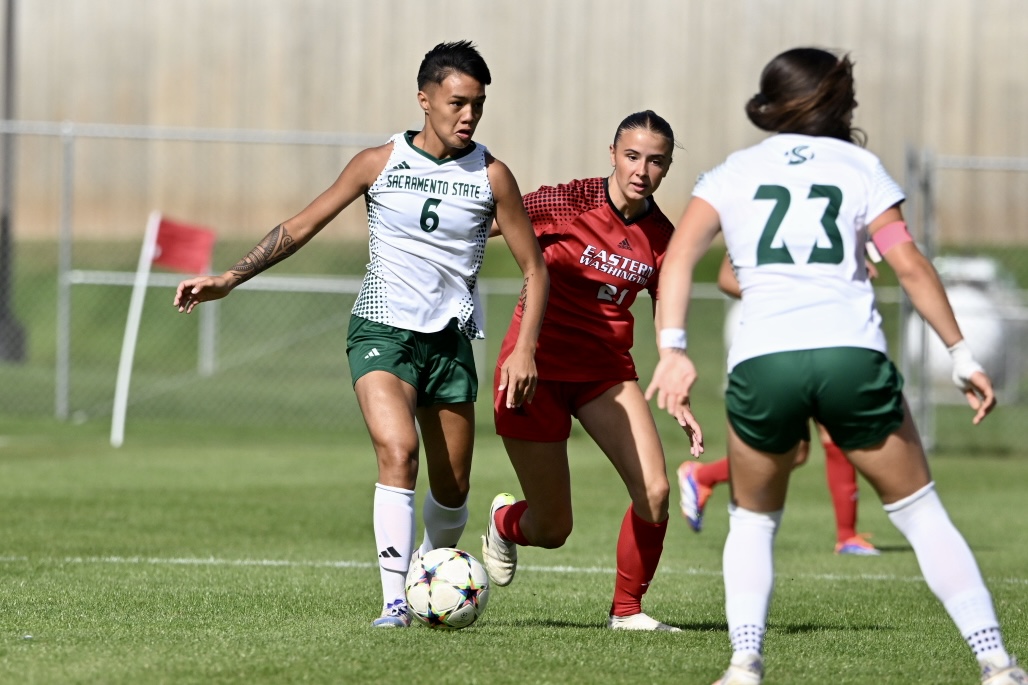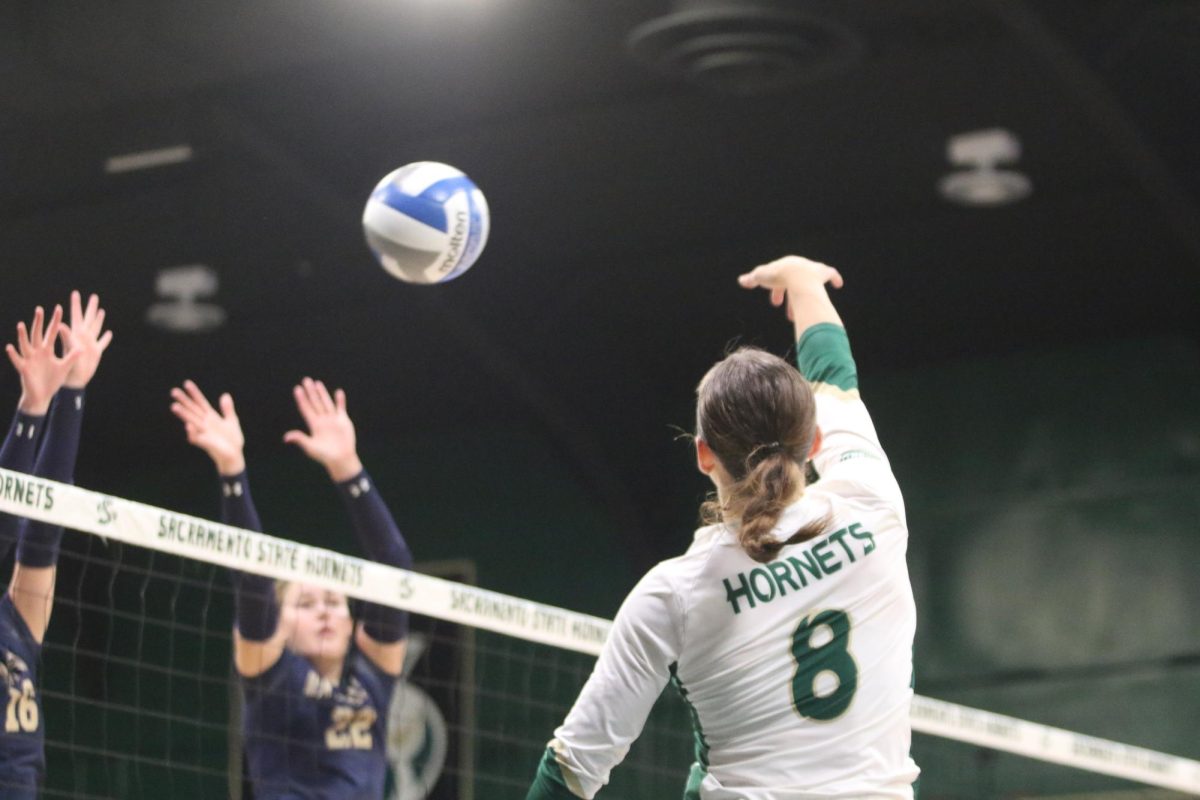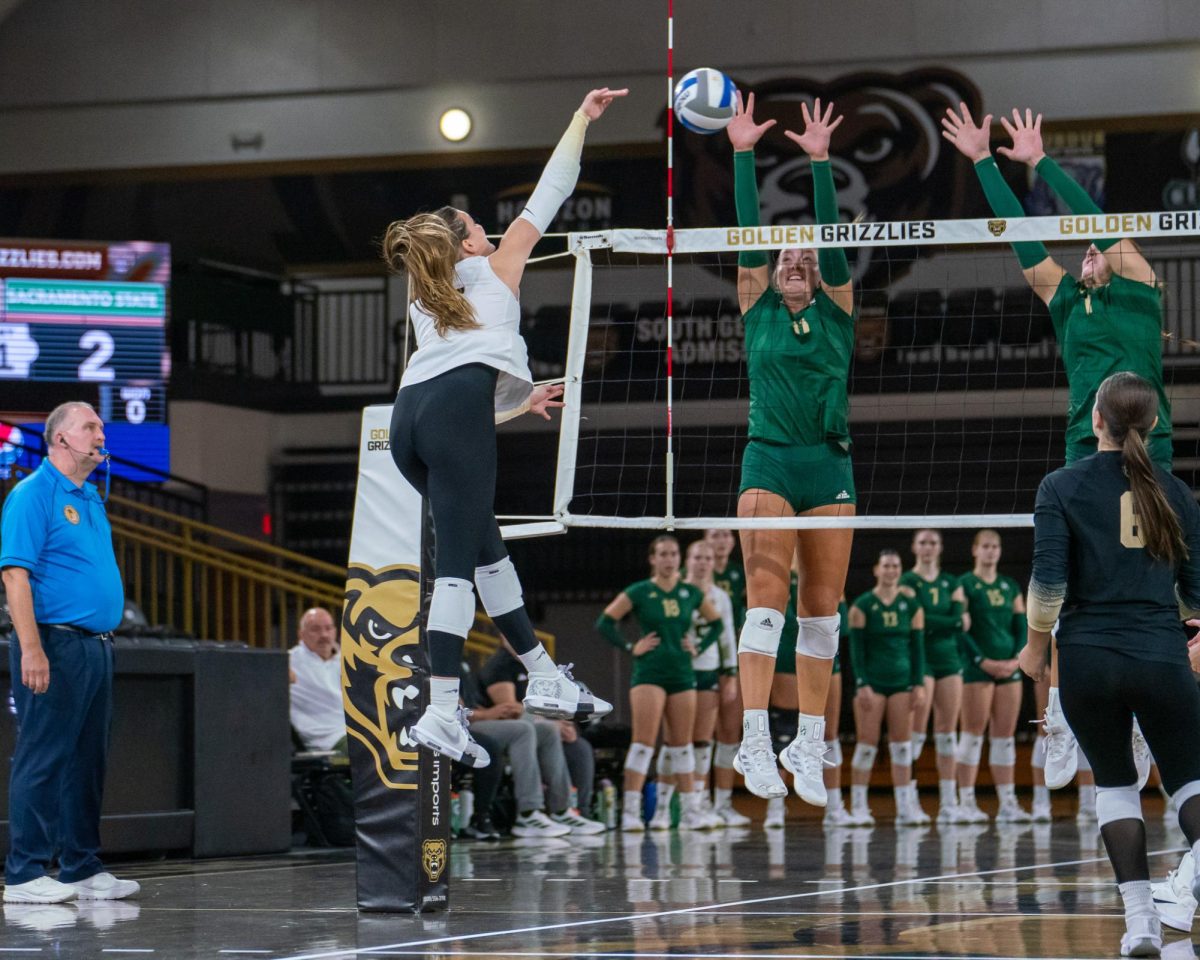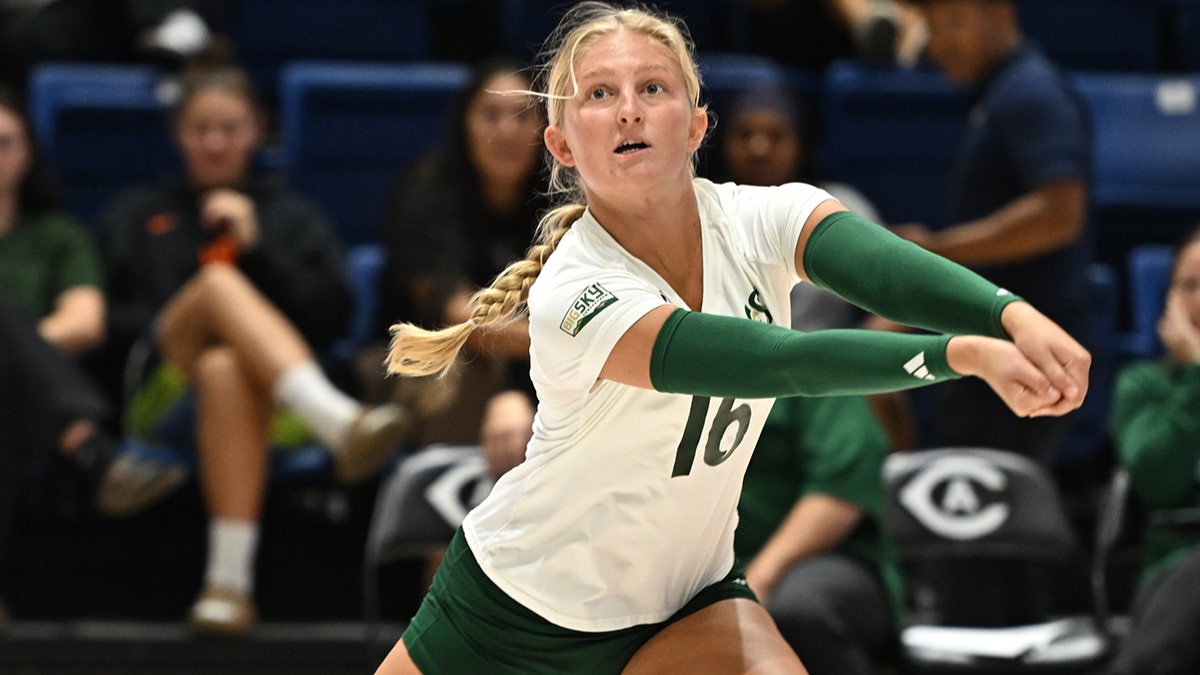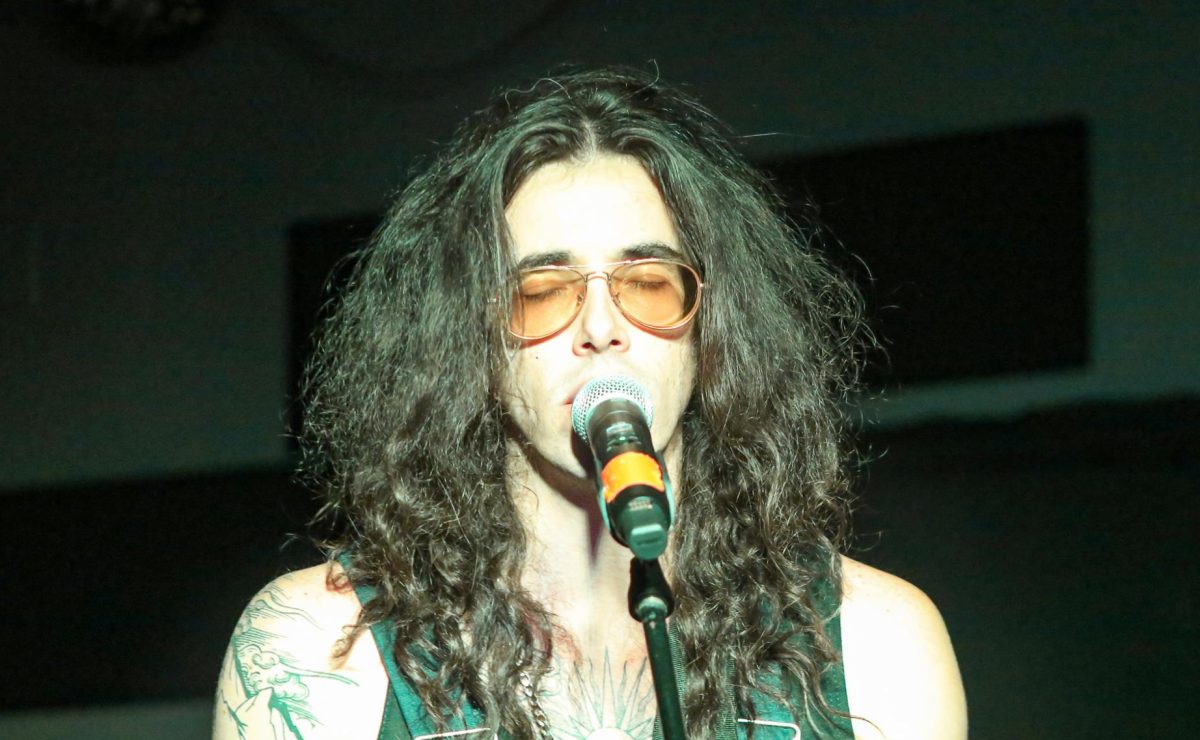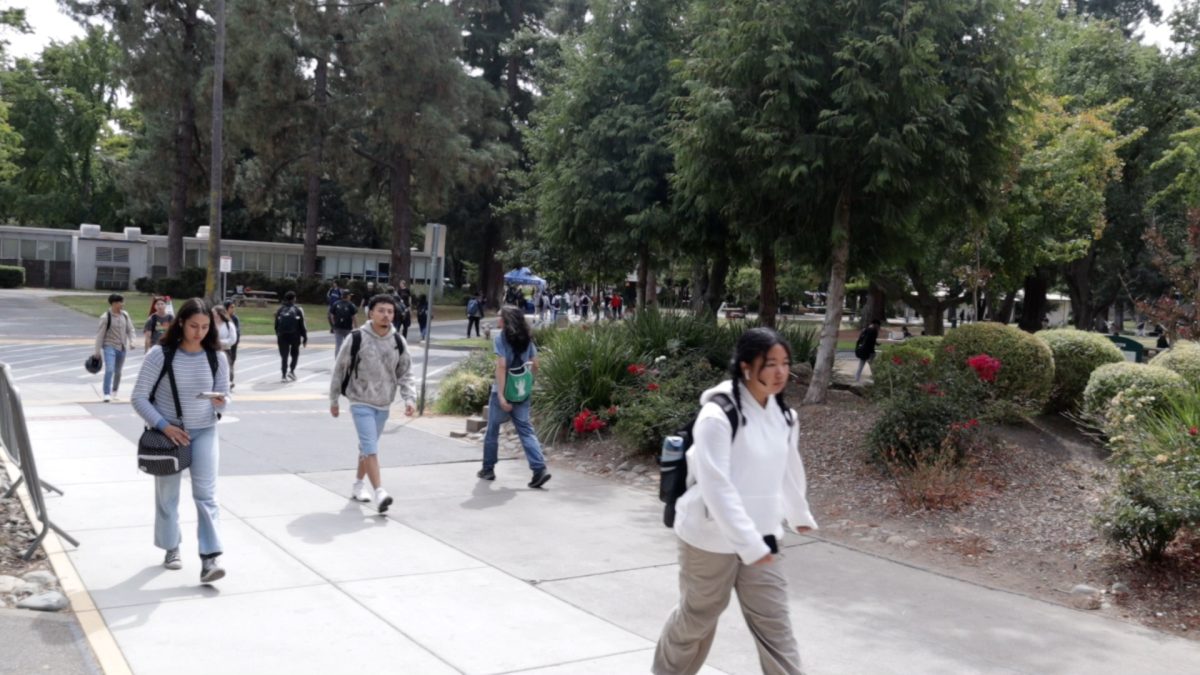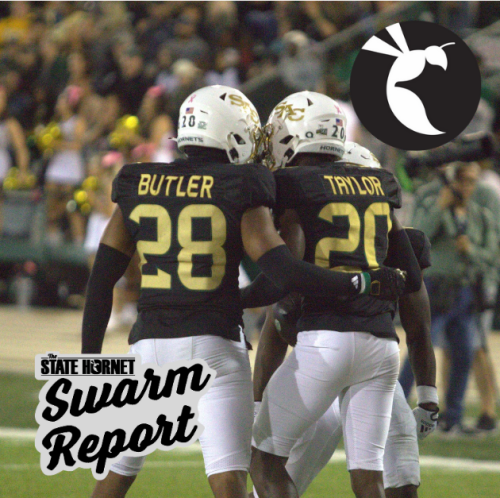Administration defends 14-unit enrollment cap
April 28, 2010
An enrollment policy that recently went into effect will limit the number of units that Sacramento State students can take for the fall semester.
On April 12, the Office of the University Registrar announced that students could only sign up for 14 units during the first period of registration. During late registration, which will occur after Aug. 9, students can sign up for more units, but that number is yet to be determined.
Edward Mills, associate vice president for enrollment management, said the unit cap is an effect of the budget crisis. Sacramento State receives state funding directly related to the number of courses the university offers. State funding is going down while student enrollment and demand for courses are going up.
“We are experiencing an increase in enrollment because the average unit load is increasing, non-graduation attrition is decreasing, and less students are transferring out of Sac State,” he said.
The influx of students enrolling has caused issues for the administration as they scramble to provide for a large student body with fewer resources. One temporary solution is the 14-unit enrollment cap, Mills said.
However, many students don’t think the 14-unit cap is a solution.
“I don’t understand the reasoning behind the 14 unit cap. Why 14?” said Heidi Yang, junior communication studies major. “Some students, like me, want to do more and achieve more.”
Mills said it was a difficult decision and they considered capping the units at 12, 13, 14 and 15, but 14 seemed to be the best number. A study by the Academic Affairs office found that more than half of the 25,000 undergraduates are taking 12 units.
The study determined that, on average, students take 12 units. Academic Affairs knew that part-time students could pull down the average, so the median and mode were checked; both turned out to be 12 units as well, Mills said.
“Our goal is to provide a unit cap that allows all students, including math, language and science students, to have enough flexibility to sign up for three to four classes. This gives everyone the most equal chance to actually get a schedule,” he said. “If we made the cap at 15 units, that means freshman and transfer students wouldn’t have any open classes to choose from. That one course across 25,000 undergraduates does make a difference.”
Many students are concerned that the 14-unit cap will impede graduation.
Amber Serenil, junior recreation, parks and tourism administration major, said she hopes to graduate in spring 2011, but the 14-unit cap could potentially delay her graduation.
“My major is relatively small and there are classes that I need to take that are only offered in the fall semester,” she said. “If I am not allowed to take all the fall classes I need, I am not going to graduate on time and will have to graduate next fall.”
Cecil Canton, California Faculty Association’s associate vice president for affirmative action, said the cap could have even bigger implications for freshman and sophomore students. He said the cap doesn’t seem to fall in line with the university’s graduation initiative, a push to increase the amount of students who graduate.
“The university put an emphasis on timely graduation with its graduation initiative. This 14-unit cap does not help at all with improving graduation,” Canton said. “Students need to take 15 units each semester to ensure they graduate on time and this cap will delay graduation by one to two years.”
Mills said he knows the campus community is concerned and wants to reiterate that this cap is only temporary.
“Many students have e-mailed me and I recognize their anxiety, but this is just a one-semester fix,” Mills said.
Yang said she is worried that late registration will be overwhelming because everyone will be on the my.csus.edu server.
In the past, Mills said students typically overload their schedules and add two to three extra classes to hold spaces in a class they aren’t certain they will take. He said he hopes this cap will help prevent this from happening and registering for classes will be less chaotic.
Mills advises that students be prepared for late registration at 7 a.m. on Aug. 9 to register for the extra class or two they want. For students changing their schedule in late registration, they should add classes then drop them later, he said.
Mills said that, for now, the cap is the best solution to Sac State’s funding predicament.
“This brings home to students the sheer scale of the budget crisis in California,” he said. “The administration is working hard to minimize the impact on students, but it cannot take it completely away.”
Lauren Greenwood can be reached at [email protected]



